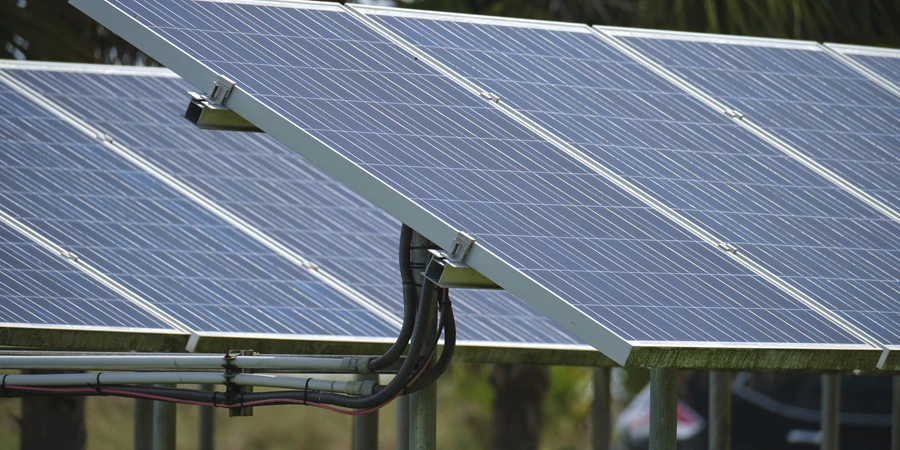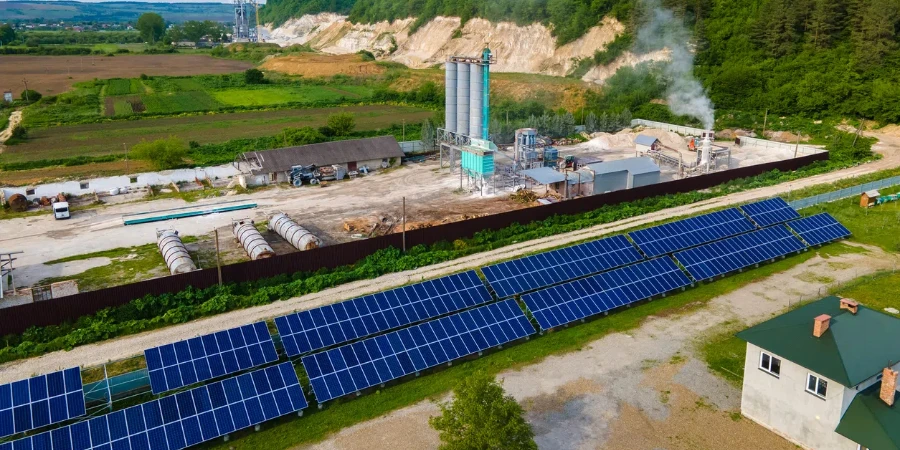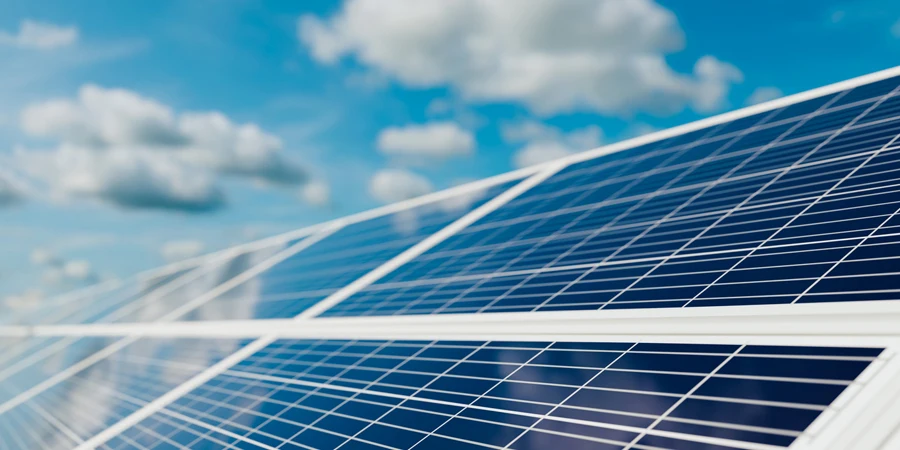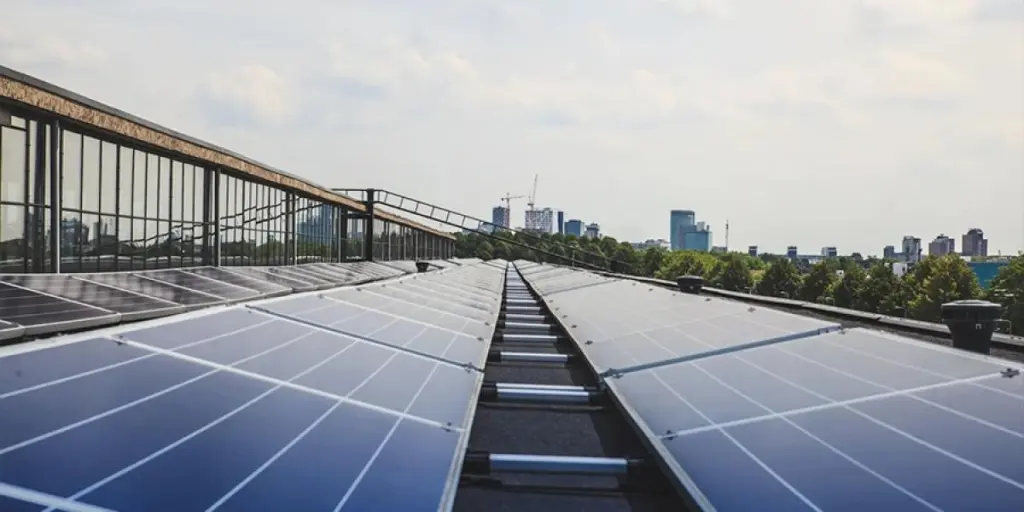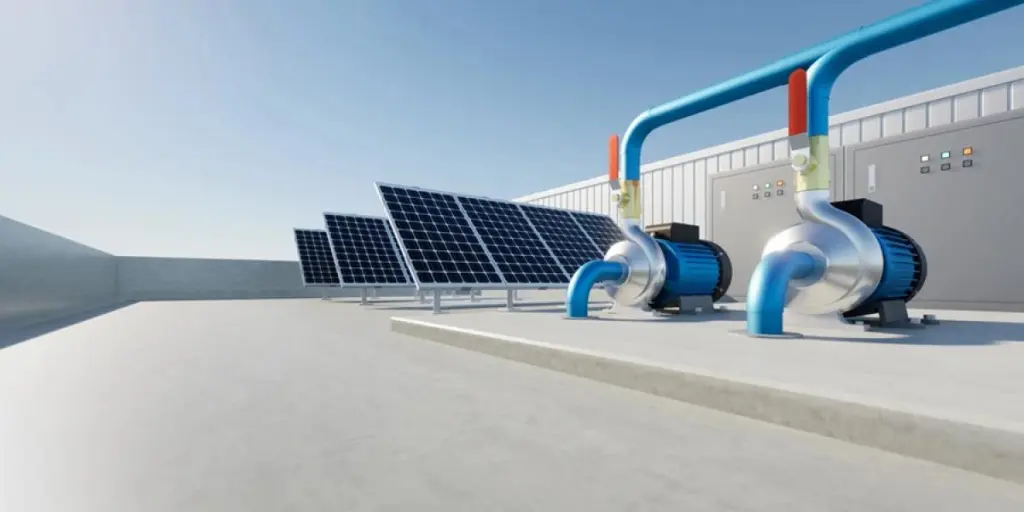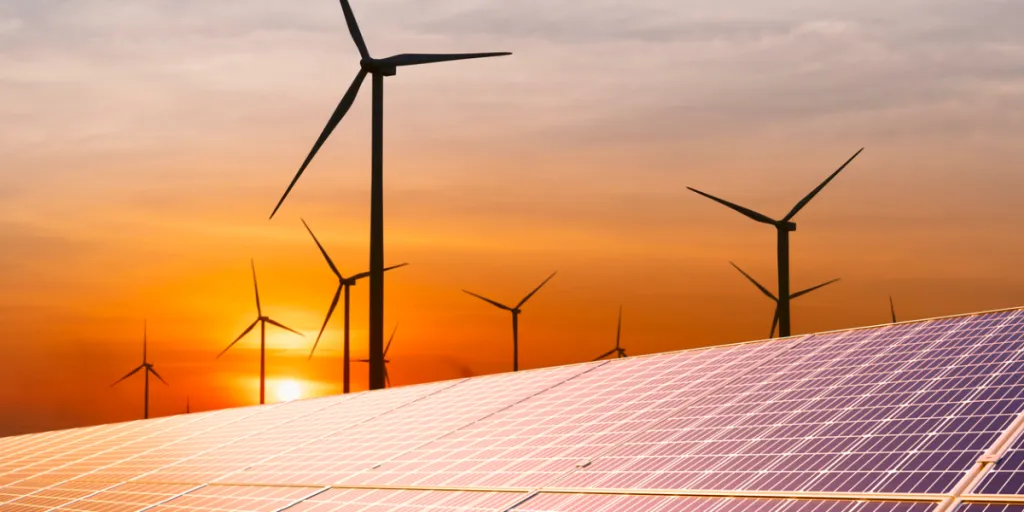- The US installed 32.4 GW DC new solar PV capacity in 2023, reflecting an annual growth of 51%
- The utility-scale segment led the charge with ease in supply chain conditions, but contracted capacity declined 64% annually
- The project pipeline from California’s NEM 2.0 helped grow the residential solar segment
- 2024 additions are expected to grow slowly by 5 GW DC with a total of 38 GW DC
The world’s 2nd largest solar market, the US, grew by 51% annually in 2023 with the installations growing to account for over 50% of annual power generation capacity additions, a 1st for the country over the last 80 years.
According to the US Solar Market Insight 2023 Year in Review report of Wood Mackenzie and Solar Energy Industries Association (SEIA), the country exited 2023 with 32.4 GW DC new capacity additions. Growth was reported for every segment, except for community solar. In 2022, it added 20.2 GW DC.
UTILITY-SCALE SOLAR
The utility-scale solar segment led installations with 22.5 GW DC, a 77% annual increase thanks to module imports increasing with the moratorium on new anticircumvention tariffs. While this brought in stability of supply, the moratorium ends in June 2024. Installations for this segment last year included delayed projects from the 2022 pipeline. More than 10 GW DC was installed in Q4 alone.
However, this segment experienced a 64% drop in contracted capacity in 2023. The country’s utility-scale project pipeline now stands at 83 GW DC, down from 90 GW DC in 2022.
Analysts explain, “This decline is mainly driven by the opposing dynamics of contracting new projects and building projects in the current pipeline. Many developers are focusing on materializing current pipeline with existing module stock before the end of the two-year tariff moratorium in June 2024.”
Between 2024 and 2028, the report forecasts 148 GW DC of new utility-scale capacity, and 343 GW DC over the next decade. Growth will be driven by utility procurements, corporate clean energy goals, and state mandated targets.
RESIDENTIAL SOLAR
The year was the 5th consecutive year of record installed capacity for the US residential solar segment as it added 6.8 GW DC capacity, comprising 1.53 GW DC in Q4.
California’s transition to NEM 3.0 played a big role as it experienced a 35% quarterly drop in Q4 as installers depleted their sales backlog from NEM 2.0.
High interest rates also negatively impacted sales during the year. Expect lower installation volumes for this segment for the next few quarters with a total 13% contracted in 2024, states the report. Analysts expect a 40% reduction in California’s installed capacity, which will have its repercussions for the entire segment.
It should recover in 2025 with 13% growth, as interest rates come down and more 3rd party owned projects qualify for the Investment Tax Credit (ITC) adders. Between 2024 and 2034, it is forecast to add over 100 GW DC with an average annual rate of 5%.
COMMERCIAL SOLAR
Comprising distributed solar projects, this segment had a record year with 1.9 GW DC new capacity reflecting a 19% annual increase. California’s NEM 2.0 installed capacity, along with an easing of supply chain constraints and lower system costs, pushed up installations.
Beyond the usual markets of California, New Jersey, New York, Illinois and Massachusetts, low development costs, low building penetration and land availability are making states like Georgia and Texas attractive for developers.
Analysts expect this segment to grow by 19% annually in 2024, driven mainly by NEM 2.0 projects still coming online. Once this pipeline dries up in California, there will be a dip in 2025.
COMMUNITY SOLAR
Annual capacity additions for this segment broke the 1 GW DC threshold for the 3rd time in 2023 with 1.148 GW DC, including 315 MW DC in Q4. The 3% annual increase was led by New York.
This segment continues to face delays with clarity required for siting, permitting and interconnection reforms. Nonetheless, the analysts forecast 15% annual growth in 2024 and an 8% average increase through 2028 with large development pipelines in new and mature markets.
A lot will, however, depend upon community solar legislation in California, point out the report writers.
2024 AND BEYOND
Calling 2023 a year of recovery for the US solar industry with several delayed projects making up for its installations, analysts expect the momentum to continue at a lower growth rate in 2024.
With healthy pipelines in the utility, commercial and community solar segments, analysts forecast 2024 annual solar additions in the US to grow by 5 GW DC to around 38 GW DC. Nevertheless, this growth will be dependent on several factors.
“A Bull case with increased supply chain stability, more tax credit financing, and lower interest rates would increase the outlook by 17%,” they explain. “A Bear case with supply chain constraints, less tax credit financing, and static interest rates would decrease the outlook by 24%.”
The Bear case is a 24% decrease in total solar installations through 2034 compared to the Base case translating into a reduction of 120 GW DC.
“If we stay the course with our federal clean energy policies, total solar deployment will quadruple over the next ten years,” said SEIA president and CEO Abigail Ross Hopper. “The Inflation Reduction Act is supercharging solar deployment and having a material impact on our economy, helping America’s solar module manufacturing base grow 89% in 2023.”
The full report can be purchased from Wood Mackenzie’s website.
Source from Taiyang News
Disclaimer: The information set forth above is provided by Taiyang News independently of Alibaba.com. Alibaba.com makes no representation and warranties as to the quality and reliability of the seller and products.
